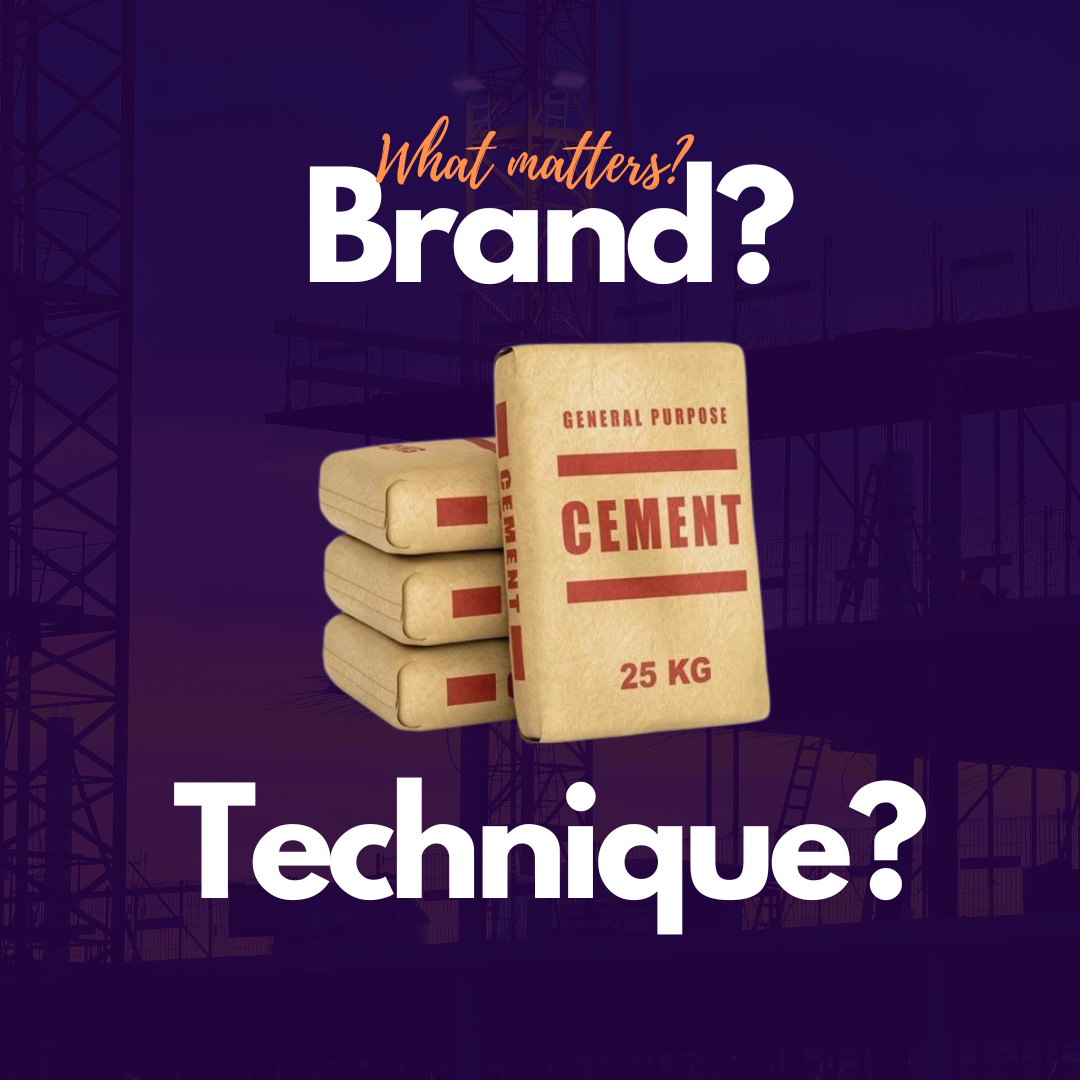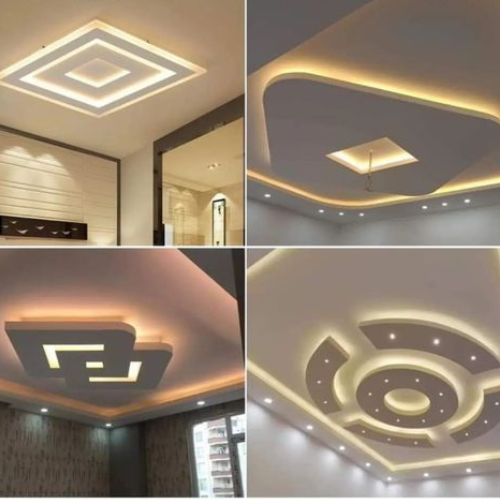
Why Proper Usage of Construction Materials Matters More Than Expensive Brands in Nepal
-
When building a home or structure in Nepal, one of the most debated topics among homeowners and contractors is whether to invest in expensive construction materials like high-end cement, steel rods, or aggregates. Many believe that choosing premium brands guarantees the best quality construction, but in reality, the way these materials are used often has a greater impact on the durability and safety of the building. Let’s explore why proper usage of materials outweighs the importance of opting for expensive brands.
The Importance of Proper Construction Practices
No matter how expensive or branded your construction materials are, they will not perform to their full potential if they are not used correctly. Here are some critical practices that often determine the strength and longevity of a structure:
-
Proper Rod Binding Techniques
-
The correct arrangement and binding of steel rods (rebar) are essential for the structural integrity of your building. Overlapping rods improperly, using insufficient binding wire, or ignoring recommended spacing can compromise the strength of the structure, regardless of the quality of the rods themselves.
-
-
Correct Cement Mix Ratios
-
Using the right mix of cement, sand, and aggregates is crucial for achieving the desired concrete strength. For example, a 1:2:4 ratio (cement:sand:aggregates) is commonly used for general construction. Deviating from this, either by adding too much sand to save costs or by using excessive water, can weaken the mix and result in cracks or failures over time.
-
-
Curing Practices
-
Proper curing is often overlooked but is vital for concrete to achieve its maximum strength. After pouring concrete, it should be kept moist for at least 7 to 14 days. Even the most expensive cement will fail if curing is neglected.
-
-
Quality of Workmanship
-
Skilled labor and attention to detail are critical. Poor workmanship, such as uneven plastering or improper formwork, can lead to structural weaknesses regardless of the materials used.
-
Cost vs. Quality: Understanding the Trade-Off
While it’s tempting to equate higher cost with better quality, this isn’t always true in Nepal’s construction market. Many mid-range brands of cement, steel rods, and aggregates meet Nepal Bureau of Standards and Metrology (NBSM) requirements and are perfectly suitable for residential and commercial construction. By focusing your budget on skilled labor and proper construction techniques, you can achieve superior results without overspending on materials.
Examples of Misplaced Priorities in Nepal
-
Overemphasis on Branded Cement
-
Some homeowners insist on using premium cement brands without understanding that all cement must adhere to NBSM standards to be sold in Nepal. The difference in quality between a mid-range and high-end brand is often marginal compared to the impact of poor mixing ratios or inadequate curing.
-
-
Neglecting Aggregates
-
While cement and steel get the most attention, aggregates (sand and gravel) are often overlooked. Using unwashed or improperly sized aggregates can significantly weaken concrete. Properly graded and washed aggregates are far more critical than choosing the most expensive cement brand.
-
Focusing on Long-Term Durability
Investing in proper construction practices ensures that your building stands the test of time. Here’s how:
-
Earthquake Resistance: Nepal lies in an earthquake-prone zone. Adhering to proper building codes and techniques, like using ductile rod binding methods and seismic-resistant designs, matters far more than using premium materials alone.
-
Cost Efficiency: Properly mixed and cured concrete reduces the need for costly repairs or premature rebuilding.
-
Environmental Sustainability: Avoiding overuse of materials like cement (by using the right ratios) reduces waste and contributes to sustainable construction practices.
Conclusion
In Nepal, where construction budgets are often tight, prioritizing proper usage of materials over premium brands can save money and deliver superior results. While it’s essential to use materials that meet NBSM standards, their performance ultimately depends on how they are applied. Homeowners should focus on hiring skilled workers, following construction best practices, and supervising the process to ensure their dream homes are built to last. After all, it’s not just about what you build with, but how you build.
-







